
If you’ve ever seen those perfectly curated bullet journal pages on Pinterest and thought, “Wow, I could never make mine look like that,” trust me — you’re not alone.
Dot journaling can seem a little intimidating at first glance. All those neat layouts and color-coded spreads? They look beautiful, but here’s the truth: it’s not about perfection. It’s about creating a space that works for you.
Maybe you love planning every detail of your week. Or maybe you just want a calm place to dump your thoughts and doodle before bed. Whatever your style is, dot journaling can be both creative and practical — a little corner of paper that helps you stay grounded, organized, and inspired.
Let’s talk about what dot journaling really is, why it’s worth trying, and a few simple ideas to help you start your own.
Table of Contents
What Is Dot Journaling?
Dot journaling — often called bullet journaling — is simply a notebook with dotted pages instead of regular lines or grids. Those tiny dots might not look like much, but they give you the freedom to create neat layouts, draw boxes, or design pages exactly how you want — without feeling boxed in.
You can use your dot journal for just about anything:
- Planning your days or weeks
- Tracking habits, moods, or even sleep
- Writing affirmations and gratitude lists
- Setting goals and reflecting on progress
- Or just letting your creativity spill out on the page
That’s what makes dot journaling so special — there’s no single way to do it. It’s not about rules or perfect spreads; it’s about finding a rhythm that fits you.

How Dot Journaling Differs from Other Journals
You might be wondering — isn’t dot journaling just like any other kind of journaling?
In a way, yes and no. The main difference isn’t what you write about — it’s how you organize it.
Dot journaling is more of a method than a topic. It’s about using a dotted notebook as a flexible space to design your own system. The dots act like gentle guides, giving you the freedom to create planners, trackers, lists, or reflections — all in one place.
Other types of journals, like gratitude journals or CBT journals, focus on a specific purpose or guided prompts. For example:
- A gratitude journal helps you notice small joys in your day.
- A CBT journal guides you to challenge unhelpful thoughts.
- A manifestation journal helps you visualize your goals.
Dot journaling, on the other hand, lets you mix and match all of these. You can have a gratitude log next to your weekly planner, a habit tracker beside your goals page — whatever fits your life best.
That’s what makes dot journaling so loved: it’s your space, your structure, your rules.
Why Try Dot Journaling?
Before we jump into ideas, let’s talk about why so many people fall in love with dot journaling in the first place.
It helps you stay organized. Everything — your plans, goals, and reflections — can live in one simple notebook instead of being scattered across apps or sticky notes.
It brings out your creative side. The dotted pages give you total freedom to play with colors, shapes, and layouts that match your mood or personality.

It helps you slow down. There’s something grounding about writing by hand — it pulls you out of your head and into the present moment.
It supports mindfulness. When you take time to plan or reflect, you start noticing what really matters to you each day.
Dot Journaling Ideas for Beginners (and Why They Work)
1. Monthly Overview
A monthly overview helps you see your schedule at a glance — events, deadlines, or goals.
The dotted grid makes it easy to draw clean boxes for each day without needing ruler-perfect lines. You can add color codes, doodles, or mini calendars however you like.
2. Habit Tracker
The tiny dots make habit trackers easy to build — you can line up columns for each day and rows for habits.
This layout helps you stay consistent and visually track your progress, which feels motivating when you start to see patterns.
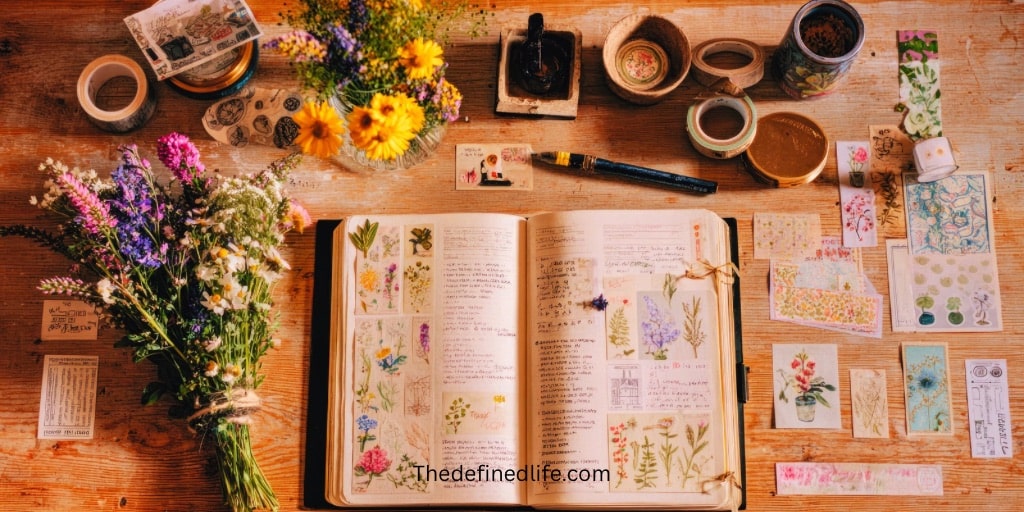
3. Mood Tracker
You can design creative graphs, wheels, or charts using the dots as guides.
Mood trackers are great for self-awareness and mindfulness, and the dotted pages help keep your design neat and symmetrical while still fun to customize.
4. Gratitude Log
This is a simple page where you jot down what you’re thankful for.
The dots give you freedom to make it minimal — just bullet points — or decorative with borders and quotes. It’s a calming, uplifting way to close each day.
5. Goal Tracker
Goal spreads often combine structure and inspiration — exactly what dot journaling does best.
📌If you’re craving a more mindful approach to goal setting, I wrote a post all about Goal Journaling — it’s a simple way to connect your plans with what truly matters to you.
You can draw progress bars, mini calendars, or mind maps without worrying about crooked lines. It’s a clean way to turn big goals into small, visible steps.

6. Weekly Planner
The dotted grid makes it easy to divide your page evenly into days or sections.
Unlike pre-printed planners, you can design layouts that actually fit your lifestyle — whether that’s full of appointments or more reflective notes.
7. Affirmation Page
This is where you can write or decorate positive affirmations.
Dot journals are perfect for mixing hand lettering and doodles, giving your affirmations a visual boost that feels personal and inspiring.
8. Expense Tracker
Budget layouts need tidy columns, and dots make that simple to set up.
💸Check out- How to Budget With Low Income
You can track your spending, savings, or even create small visual charts. It’s a practical and rewarding use of your journal space.
9. Quote Page
This is one of the most freeing ideas — just fill a page with words that move you.
The subtle dot grid helps with spacing and lettering but doesn’t distract from your art or handwriting.
10. Daily Reflection
You can design simple boxes or open spaces for journaling about your day.
The dotted pages make it easy to experiment — some days you might write more, others you might doodle or track your energy. It’s flexible, calming, and entirely your own.
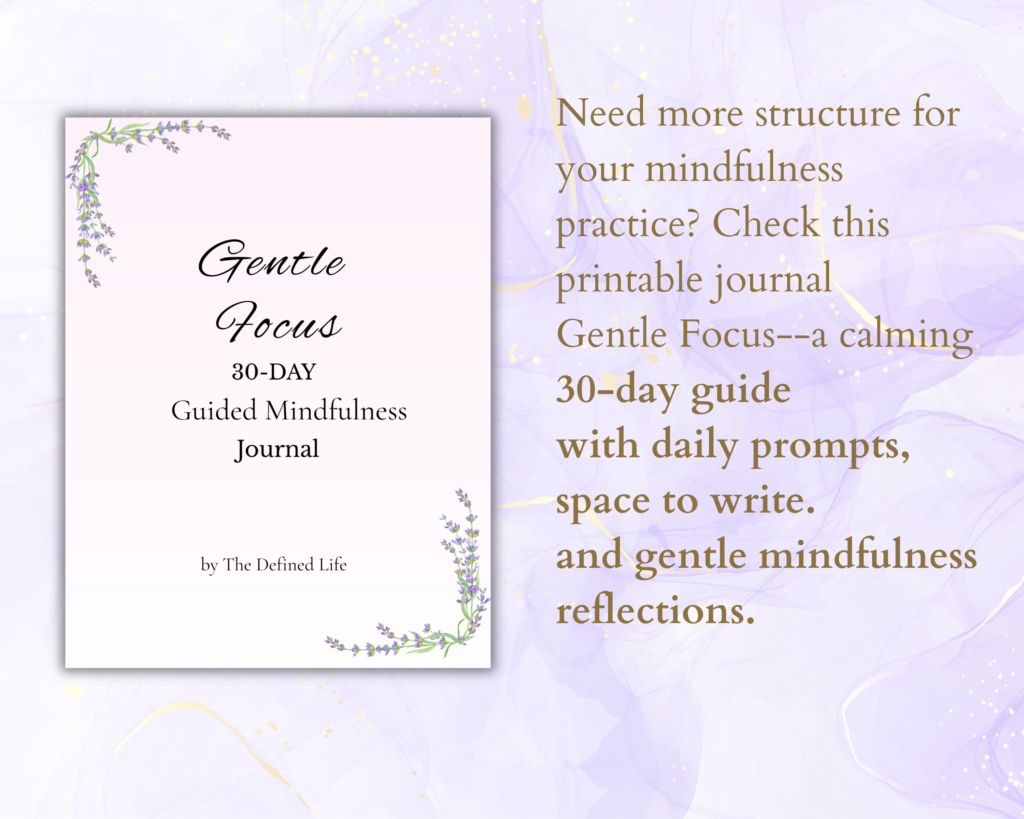
Starting your first dot journal doesn’t have to be perfect — honestly, none of them ever are. What matters is that it feels like you. Maybe you begin with a simple monthly overview or a little gratitude page. The more you use it, the more it becomes a safe space to slow down, focus, and breathe a little.
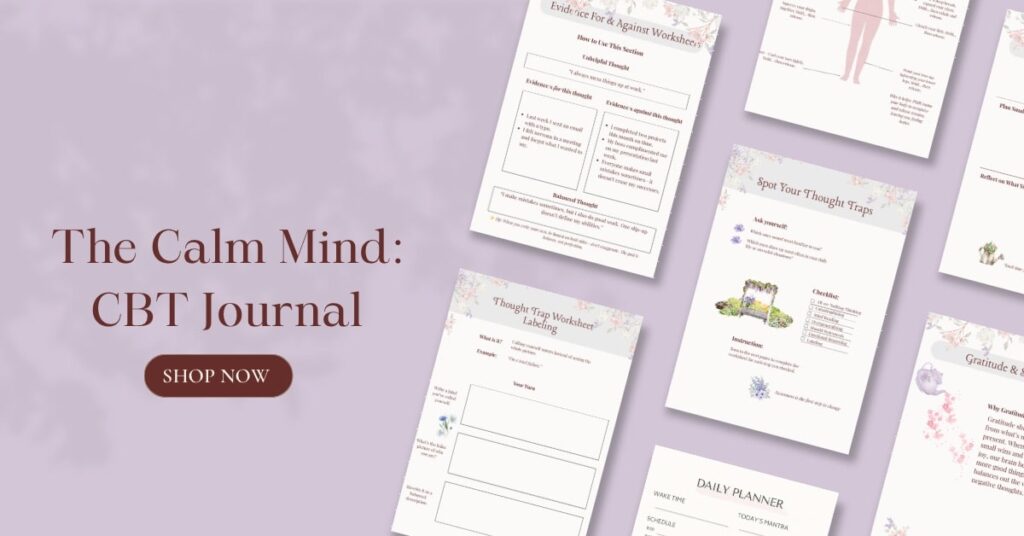
And if you ever feel like you want to go deeper with journaling — maybe to calm your thoughts or reflect with more intention — my Calm Mind CBT Journal and Mindfulness Journal can help. They offer gentle prompts that guide you through your feelings without pressure. Or, if you love adding a creative touch, my junk journal kits are a fun way to make each page more personal and meaningful.
Final Thoughts on Dot Journaling
Dot journaling isn’t about making every page look perfect — it’s about creating a space that feels like you. A place to slow down, get organized, and check in with yourself. Start small, stay consistent, and let your journal grow and change with you.

If you ever feel like you want to go deeper — to untangle your thoughts or find more calm — you can pair your dot journal with my Mindfulness Journal or CBT Planner. They’re simple, guided tools that help you reflect with more intention and make sense of what’s on your mind.
And if you love adding a creative touch, my printable junk journal kits (Check out SHOP) can bring that cozy, vintage charm to your pages. They’re a lovely way to make your journal feel even more personal — something you’ll actually look forward to opening every day.
Love and Light,




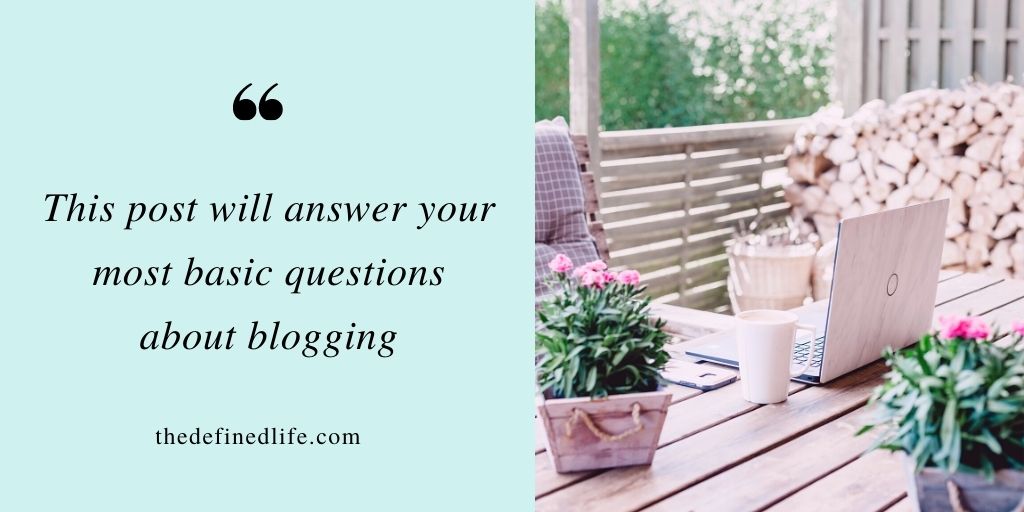

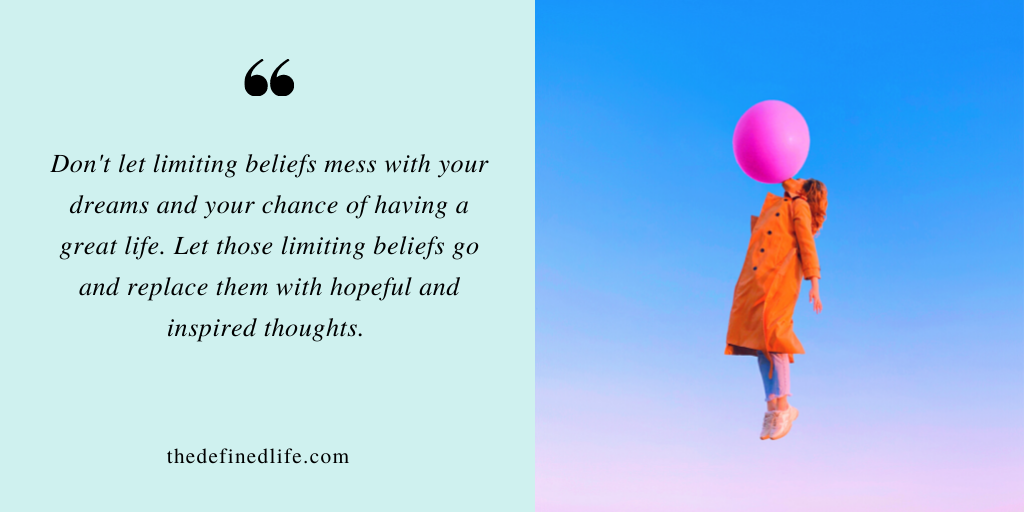


Leave a Reply